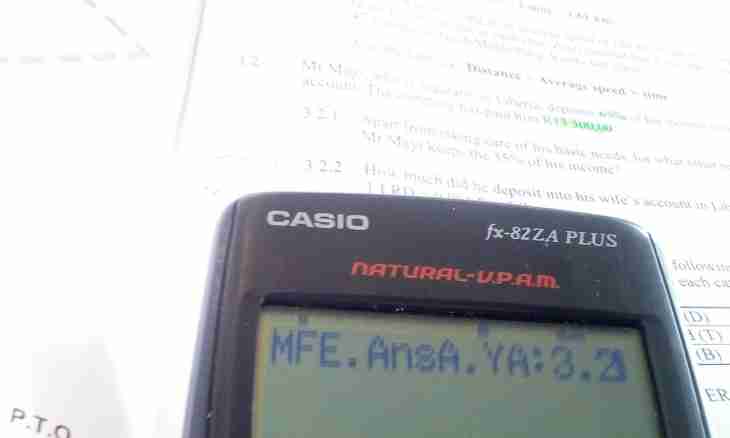The mass fraction of any component in substance shows which a part from lump is the share of atoms of this element. Using a chemical formula of substance and the periodic table of Mendeleyev, it is possible to define a mass fraction of each of the elements entering a formula. The size received as a result is expressed by a common fraction or percent.
Instruction
1. If it is required to determine a mass fraction of each element making it by a chemical formula begin with calculation of amount of atoms which is the share of each of elements. For example, the chemical formula of ethanol is written down so: CH₃-CH -OH. And a chemical formula of dimethyl air - CH₃-O-CH ₃. The number of atoms of oxygen (O) is equal in each of formulas to unit, carbon (C) - to two, hydrogen (H) - six. Pay attention that it is different substances as the identical amount of atoms of each element in their molecules is located differently. Nevertheless, mass fractions of each element in dimethyl air and ethanol will be identical.
2. With use of the periodic table determine the atomic mass of each element entering a chemical formula. Increase this number by the amount of atoms of each element calculated on the previous step. The formula contains only one atom of oxygen in the example used above, and its atomic weight from the table is equal to 15.9994. Carbon atoms in formula two, its atomic weight is equal 12.0108, so the total weight of atoms will be 12.0108*2=24.0216. For hydrogen these figures are equal respectively 6, 1.00795 and 1.00795*6=6.0477.
3. Determine the general atomic mass of each molecule of substance - put the numbers received on the previous step. For dimethyl air and ethanol this size has to be equal to 15.9994+24.0216+6.0477=46.0687.
4. If the result is required to be received in unit shares, make for each element entering a formula, individual fraction. In its numerator there has to be a size calculated for this element on the second step, and in a denominator of each fraction put number from the third step. The received common fraction can be rounded to the necessary degree of accuracy. In the example used above the mass fraction of oxygen makes 15,9994/46,0687≈16/46=8/23, carbon - 24,0216/46,0687≈24/46=12/23, hydrogen - 6,0477/46,0687≈6/46=3/23.
5. For obtaining result as a percentage transfer the received common fractions to a format of decimal and increase a hundred times. In the used example the mass fraction of oxygen as a percentage is expressed by number of 8/23*100≈34.8%, carbon - 12/23*100≈52.2%, hydrogen - 3/23*100≈13.0%.

